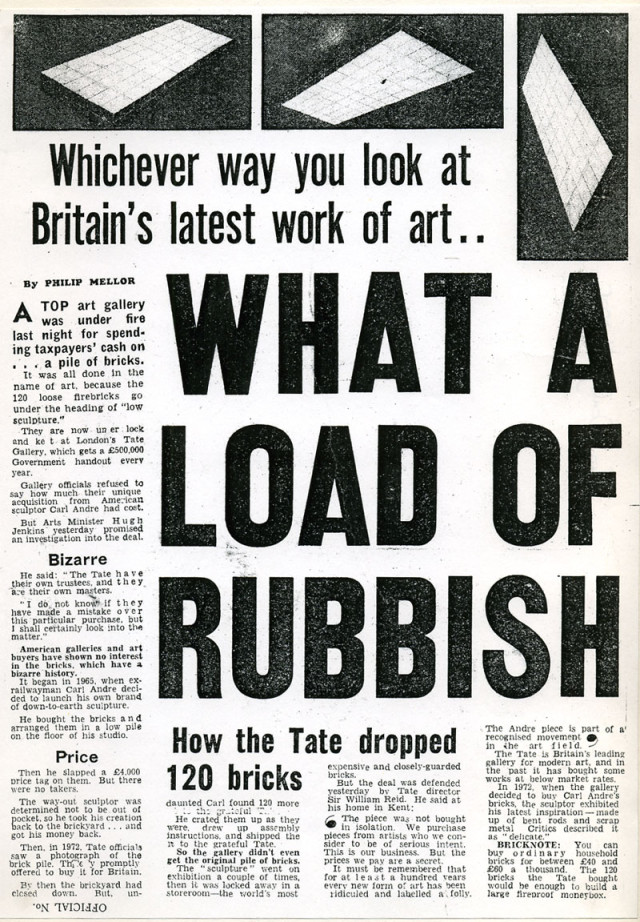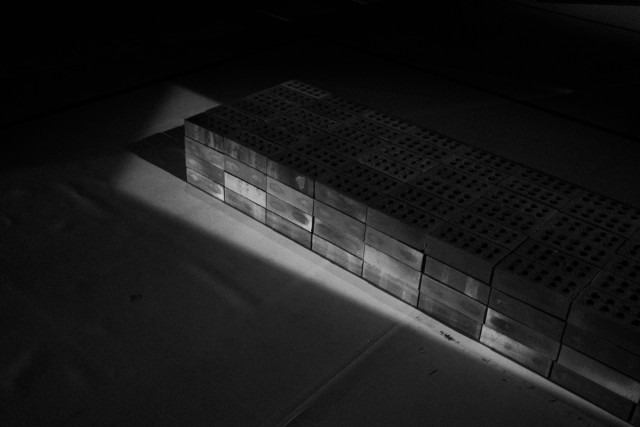foundation
Foundation was performed between October 25-29, 2024.
4,000 Bricks, 10 tonnes, were turned into sculptures, documented and then disassembled before being collected by members of the public to use in their own projects.
These bricks were transformed from industrial objects into art objects and then into something else, leading to the question of whether their history is carried with them as they are incorporated into garden walls, monuments, foundations and other structures.
During the performance we talked to people about their relationship with structures and public art. We listened to brick layers and architects about their work too.
FREE BRICKS!
We initially ran the following advert:
Would you like some free bricks? Or maybe some free Art?
What if they are the same thing?
You can collect free bricks from 25 October to 29 October at ARC Stockton, during the performance on a first come basis, or you can reserve some using this form:
CASE STUDY
We are stood in The Wild Plant Shop, in Norton. We are chatting about what we do, and we end up talking about bricks. It transpires the shop is run by a family, a mother and two daughters. We are talking to the mother, Jayne.
She tells us that one of her daughters, Jenni, has a brick. A brick she took from a demolition site -- The Northern School of Art campus, on Green Lane, which was demolished in 2022 to make way, possibly for a Lidl.
Jenni studied there and was heartbroken that they were demolishing a building she had so many fond memories of, and so took a memento. Actually, she made Jayne drive there in the middle of the night to help her get one.
That brick is a touchstone for her memories and her relationship with that place.
HERE AND NOW
Stockton is undergoing a period of tremendous transformation. The old high street is being demolished. A new space is being made for the public to enjoy.

Right now is the time to make the case for how that space is implemented. It's the time to talk about what we need from our buildings and spaces. Foundation aims to work as a focal point for these discussions with an aim to shape the future of Stockton.
CONTEXT

If I could pinpoint the exact moment where I decided being an artist was a rather cool thing to be, it was at around 9 years old hearing about Carl Andre’s ‘Equivalent VIII’.
Actually, it would be more accurate to say, ‘hearing about the controversy around Equivalent VIII’.
The piece was purchased by the Tate in 1972. It is a sculpture consisting of 120 firebricks, arranged in two layers of six by ten. No one really cared about it. Another piece of modern art in a stuffy gallery in London.
However in 1976 The Times ran a story about public funded art, and featured a picture of the piece. A national debate ignited about the value of Modern Art.
Tabloids joined in, outraged that public money would be spent on a pile of bricks.
One featured an interview with a bricklayer called Bob, asking why his work wasn’t considered art, when they look the same.
They were so close… they nearly, accidentally, got it.
Bob’s bricks are a work of art. All they are missing is context, context that we think we can provide in our work.
Interestingly, the Tate put the bricks back on show and they were visited by far more people than would have ever seen them otherwise. The debate about art, and value, and materiality continued.
Those bricks had a power after all.







